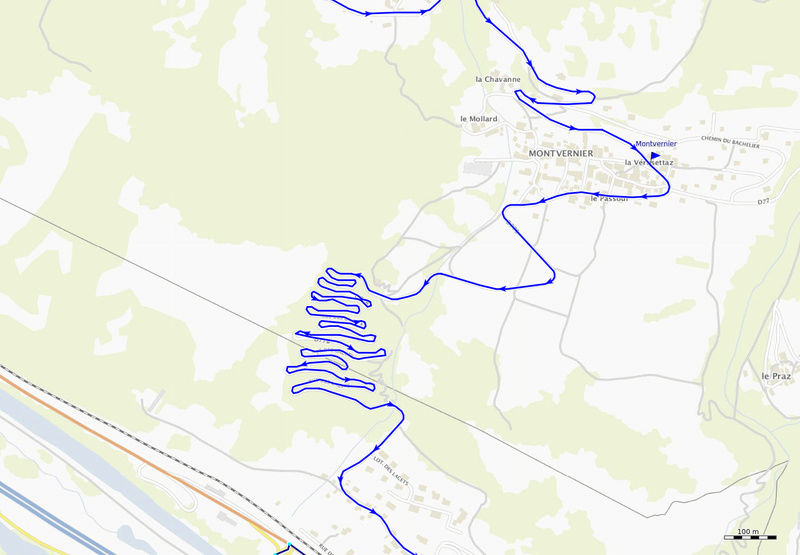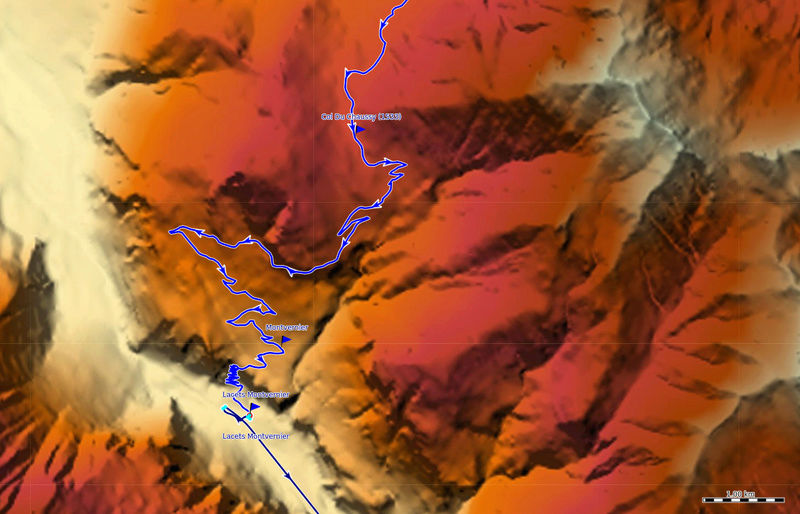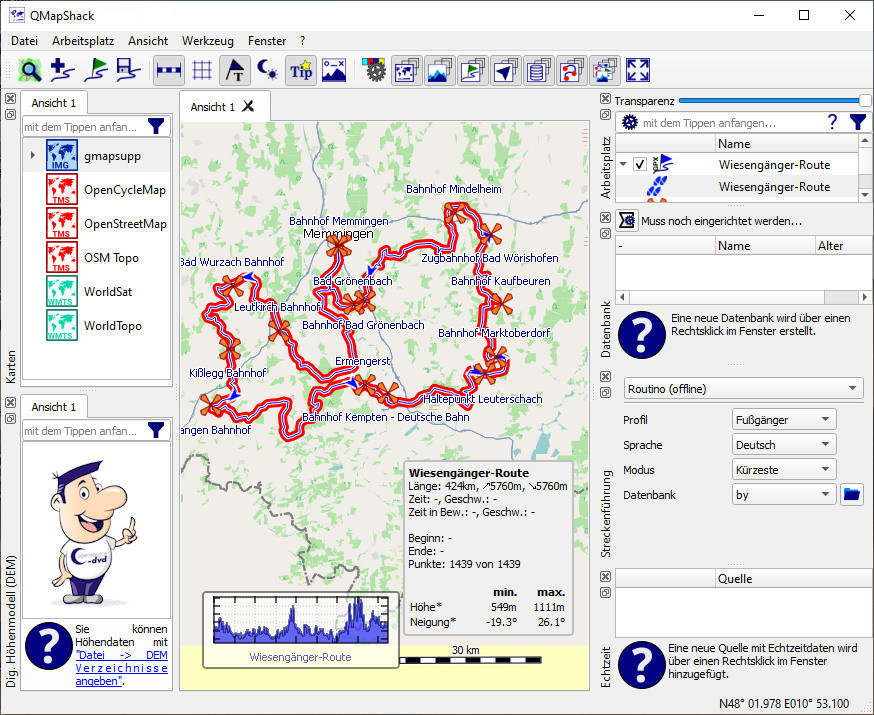
English localized resource file Mapsforge-for-QMapShack.en and German localized resource file are provided.
#QMAPSHACK ISO#
Resource files are named Mapsforge-for-QMapShack., where matches locale’s 2 lowercase letters ISO 639-1 code. User settings file is named Mapsforge-for-QMapShack.ini.

Additional files must follow Tcl/Tk syntax rules too. Language-neutral script file Mapsforge-for-QMapShack.tcl an additional user settings file and at least one localized resource file. Graphical user interface is a single script written in Tcl/Tk scripting language and is executable on Microsoft Windows and Linux operating system. Tile server and QMapShack get started/restarted using these options without need to manually set up any configuration files. In addition, option settings as well as position and font size of graphical user interface automatically get saved and restored. This project’s intension is to easily let the user interactively and comfortably select the numerous available options of tile server.
#QMAPSHACK HOW TO#
Section Mapsforge Maps of QMapShack’s wiki shortly describes how to set up this tile server and manually connect it to QMapShack by an appropriate TMS file. The corresponding tile server is available at this mapsforgesrv repository. To make local Mapsforge maps nevertheless available within QMapShack, a local tile server can be set up to render these Mapsforge maps and to interact with QMapShack via TMS protocol. QMapShack however is able to handle maps provided as tiles by a Tile Map Service (TMS), which is mainly used by web mapping servers. Prebuilt Mapsforge maps are provided amongst others by and. QMapShack currently does not support local Mapsforge maps out of the box. I don't love BaseCamp but I can use it well enough to plot a route for the National Rally in less time than it takes to complete the event.Graphical user interface between Mapsforge tile server and QMapShack Preliminary

#QMAPSHACK SOFTWARE#
If you value open-source software (you can get the source code and modify it to your heart's content) over free but closed-source commercial offerings, or you're only prepared to run an open-source OS like Linux then QMapShack might suit but it's looking like too much work for an undefined benefit. The reality is that the amount of data needed means that a cheap device won't hold enough and an expensive one defeats the object of the exercise. My thinking behind this was that a cheap Chromebook that supported Linux apps might be more convenient when away from home.

How to save them and convert to routes for re-use will be for another day, as will be learning how to create a route from scratch and transfer it to a device.

Certainly it finds track logs, including a few I wan't aware were on the Nuvi. It seems to connect well to my antique Nuvi and Zumo. What's not needed can be deleted but extrapolating from the UK and Ireland, which was 1.2 GB to download, it's going to need about 10GB of disc space over and above the maps.
#QMAPSHACK DOWNLOAD#
There is also the Routino engine available but to use it you need to download a huge database (22Gb for all of Europe) which is then crunched very slowly to create what's needed. The MapQuest engine is pre-installed but that needs an Internet connection to work. Once you've got maps you need to sort out a routing engine. One good thing appears to be that duplicate tiles when several maps are activated causes no problems. Downloading zipped gmapprom.img files from OSM works fine once you've sorted out where to put them but copying one from a Nuvi didn't work as it doesn't support the NT map format. To get back on topic: I spent the day experimenting and my initial conclusion is that QMapShack is way more challenging than Basecamp to use. And what's a "schit sledge" when it's at home?


 0 kommentar(er)
0 kommentar(er)
